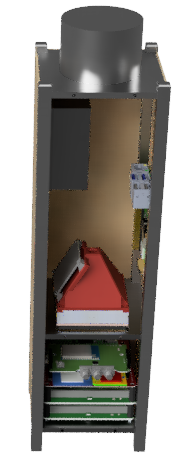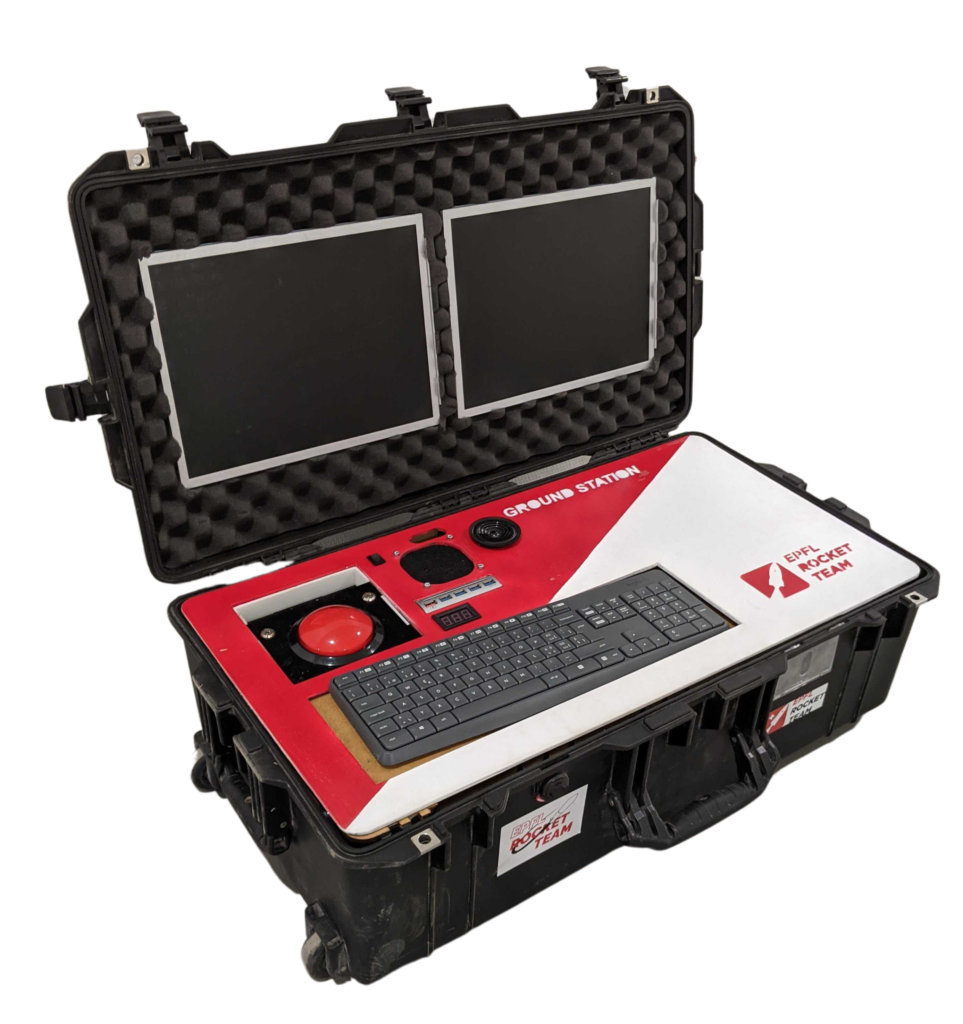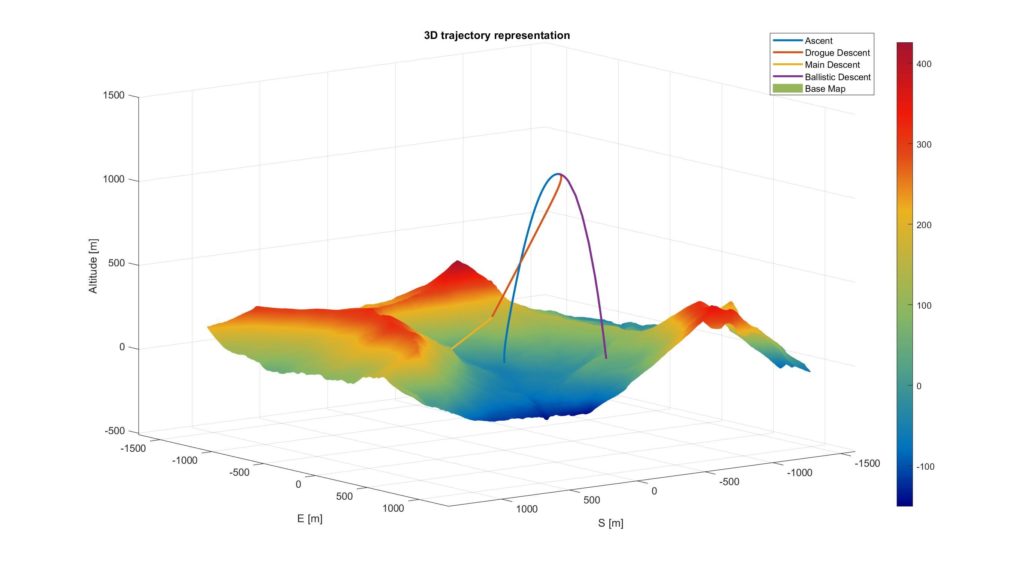

The Bella Lui I project has been designed to participate in the Spaceport America Cup in the “SRAD 10K” category. Its great specificity is to be equipped with the first rocket engine created by the association which propels the rocket to 10’000 feet. It is a hybrid engine, meaning that the fuel is in solid form and the oxidizer in liquid or gaseous form. Due to the pandemic, this project could unfortunately not participate in any competition.


The Payload, designed by students in the team, is a 3U-CubeSat life sensor (nanosatellite format), which analyses the nano-movements of yeast cells with a camera throughout the flight in order to verify that they can remain alive! This cheaply developed sensor can therefore detect pathogens, and its application goes beyond the space domain and could also be used in developing countries.


The purpose of the recovery module is to land the rocket while keeping its integrity to a maximum. For Bella Lui, we have chosen to have two parachutes. The first is a small parachute, which is deployed at apogee, to slow down the rocket without letting it drift too far. The second is deployed later in the flight and is intended to slow the rocket down to a speed where it can hit the ground without damage.
The Avionics subsystem (also called AV) is the subsystem responsible for radio frequency (RF) link telemetry, data acquisition, serves as a communication interface for the GS (Ground Segment) and PP (Propulsion) subsystems and is used for navigation and control of the rocket. It estimates all flight data in real time such as speed, altitude, pressure, temperature, etc. The maps used as computers are entirely made by the team. This year, the team rigorously tested the software.


The structure is the skeleton of the rocket that allows it to support the loads during flight. Most of the structure is made of carbon fiber. These carbon fibers are made by our partner APCO Technologies. Other parts of the structure also have an aerodynamic role. This is the case of our nosecone which is made of flax fibre. All the parts that join the different parts of the rocket are made of 6082 T6 aluminium, with a special heat treatment, which allows the best compromise between weight and strength.
The hybrid rocket engine was developed by students over a two-year period. The combustion reaction occurs between a liquid oxidant, nitrous oxide, and a solid fuel made from 3D printed ABS (thermoplastic). It is capable of producing a peak thrust of 3,000 newtons, sufficient to propel Bella Lui to a height of 4,600 metres.


The Ground Segment subsystem (also called GS) is the subsystem responsible for all operations on the ground, before and after launch.
It will therefore be responsible for the support, monitoring and refuelling of the rocket before launch with its ground support equipment, during lift-off with its launch rail, and during all operations from integration to ignition, at safe distance, with its ground station.
The ground station will also be used to collect telemetry data during the flight, as well as to assist in ground recovery once the rocket has landed safely with its GPS tracker package.
The Simulations subsystem (SI) is in charge of simulating the possible trajectories of a rocket based on the rocket’s characteristics and the launch site’s atmospheric properties. This is achieved by using diverse flight simulators, such as Open Rocket or also our own in-house Matlab-based simulator, the ERT-S. Through these trajectory simulations, it is also possible to estimate the possible landing zones for different flight scenarios, which helps determine security zones for a specific launch site.
The optimization of the rocket’s geometry is also another responsibility of SI, ensuring better aerodynamic performances for a specific flow regime (subsonic or transonic/supersonic). Examples of common shape-optimised aerostructure components are the fins, the nose cone, and the boat tail. This shape-optimisation is carried out by using flight simulators, as well as Computational Fluid Dynamics (CFD).


Send us your email at info@epflrocketteam.ch